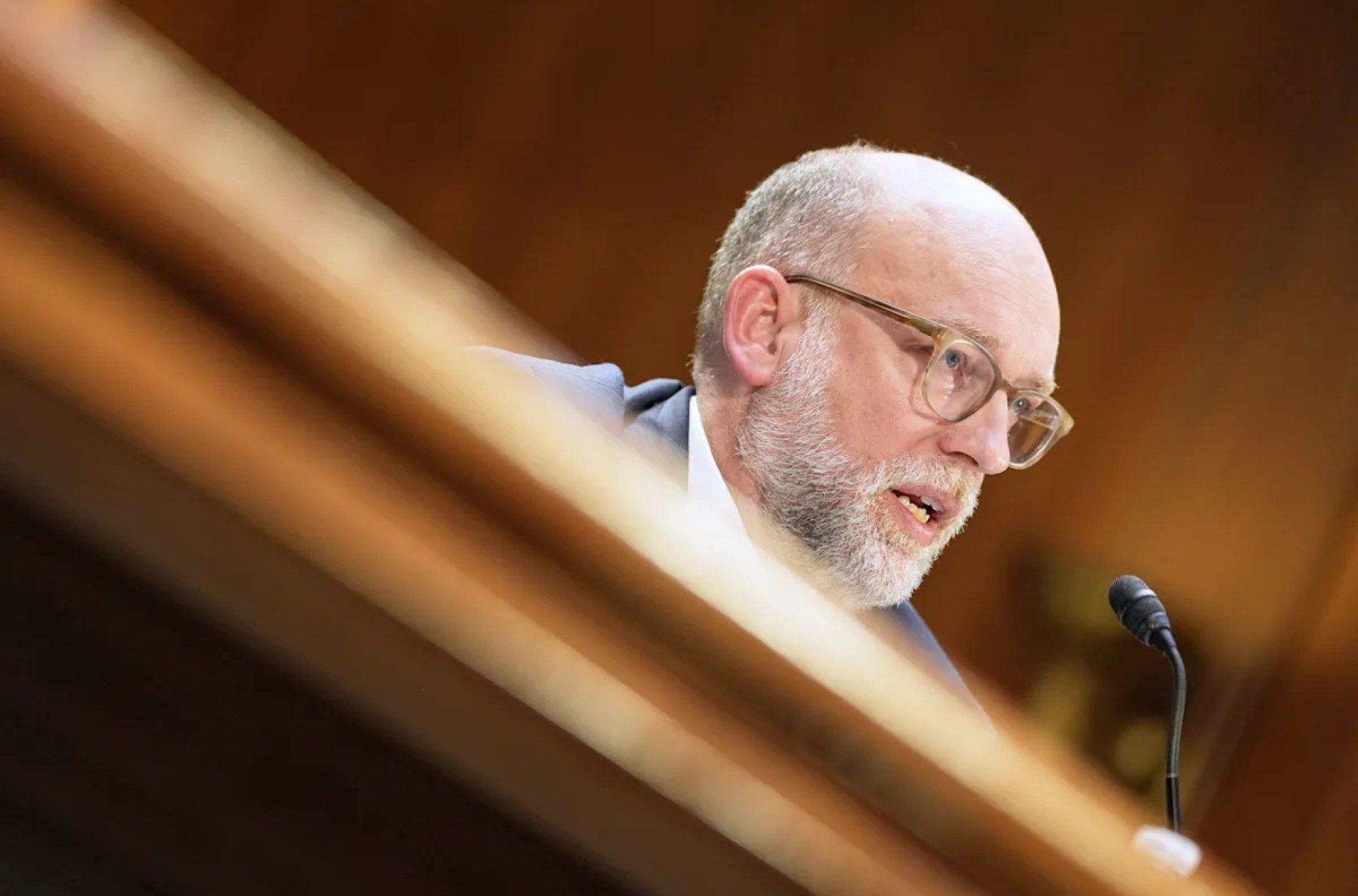The intricate dance of legislative power often hinges on the vision and strategic acumen of key individuals. Recent attention has focused on a figure central to the potential passage of a landmark megabill, with many calling them the “Project 2025 architect.” Their influence could reshape the landscape of policy for years to come.
Understanding the Megabill’s Scope
The proposed megabill encompasses a sweeping range of policy changes, touching upon sectors from energy and infrastructure to healthcare and education. Its sheer size and complexity have made it a subject of intense debate, with proponents touting its potential to stimulate economic growth and address pressing social needs, while critics raise concerns about its potential costs and unintended consequences. According to a Congressional Budget Office estimate released last week, the bill’s projected cost over the next decade is $3.5 trillion.
The Role of the Project 2025 Architect
The individual dubbed the “Project 2025 architect” has played a pivotal role in shaping the bill’s content and garnering support for its passage. Their deep understanding of policy intricacies, combined with their ability to forge consensus among diverse stakeholders, has been instrumental in navigating the complex legislative process. “Their ability to synthesize complex information and present it in a compelling manner is unparalleled,” claims Sarah Chen, a senior policy analyst at the Institute for Legislative Studies.
Strategic Maneuvering and Coalition Building
One of the key strengths of the Project 2025 architect has been their ability to build coalitions across party lines. By identifying areas of common ground and crafting compromises that address the concerns of various factions, they have managed to secure the support of lawmakers who might otherwise have opposed the bill. This strategic approach, according to Dr. James Okoro, a professor of political science at the University of Columbia, is a hallmark of effective legislative leadership. “They understand that in order to get anything done in today’s political climate, you need to be able to work with people who don’t necessarily agree with you on everything,” he stated.
Key Policy Contributions
Beyond their strategic maneuvering, the Project 2025 architect has also made significant contributions to the substance of the megabill. They have championed key provisions aimed at promoting innovation, investing in infrastructure, and expanding access to education. A recent white paper published by the National Policy Review Board highlights the architect’s influence on the bill’s provisions related to renewable energy, noting that their proposals have the potential to significantly reduce carbon emissions and create new jobs in the clean energy sector.
Potential Impacts and Future Implications
The passage of the megabill could have far-reaching consequences for the nation’s economy, society, and environment. Proponents argue that it will create jobs, boost economic growth, and address pressing social needs. Critics, however, worry about its potential costs and unintended consequences. The Ministry of Finance projects a 0.8% increase in GDP growth within the first two years of the bill’s implementation. Whether it achieves its intended goals remains to be seen, but one thing is clear: the Project 2025 architect has played a central role in shaping its content and determining its fate.
The megabill’s journey from proposal to potential law underscores the importance of strategic leadership and policy expertise in navigating the complex world of legislative politics. The “Project 2025 architect” serves as a case study in the power of individuals to shape the course of history through their vision, skill, and determination.


